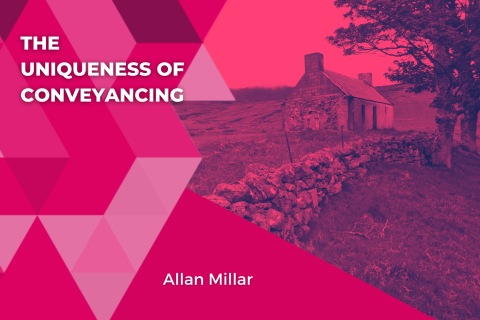A Lease is a legal document that sets out how the property is to be used by a tenant. It will also set the responsibilities of both you as a landlord and your tenant in respect of the property:
- Costs
An important point to consider in making a Lease for a property or premises is what costs you will be prepared to pay as a landlord. It is wise to make it very clear to tenants what aspects of issuing and taking on a Lease you will be prepared to cover, and what aspects your Tenant will be required to cover.
- Service Charges
Depending on the individual that you are dealing with in negotiating the terms of tenancy, you may consider offering additional services. These things can include car parking availability and paying some utility bills. It should be made very clear to a tenant in the Lease what services you are providing, and what implications this will have for tenants in terms of additional costs that they will be liable for.
- Insurance
Insurance is incredibly important when considering letting out a property. It should be set out within a Lease exactly who is responsible for arranging and paying for the property’s insurance. Furthermore in the case of rented premises there may be a need for other insurance cover to be arranged e.g. contents insurance. It should also be pointed out in the Lease who is responsible for arranging and paying for this.
- Contents
Depending on the length of the lease that is being offered, you may want to consider providing tenants with fixtures and fittings for the premises. Furthermore it may also be, that in the case of serviced areas, you will consider providing other pieces of furniture e.g. writing desks and or additional shelving.
- Terminating the relationship
It is important that you include a mechanism to allow for the termination of the lease. The option to terminate a lease will often depend on the length of time that a lease is being offered. For example, a lease may be offered for a period of 1 year, with a termination date being available after six months. However some circumstances may be more complicated than this, and there will need to be details of any penalties that a tenant will incur if they attempt to terminate the lease before a certain period of time has passed.
The process of purchasing and making a property available to let is quite complicated. Not only is there often a lot to consider in organising the finances for the property, there is often a great deal to be included in the agreement between the landlord and their tenant. Most of these details will be agreed following negotiation between parties, which is why it is incredibly important to receive expert legal advice when dealing with leases.


























